Optimal Timing for Concrete Installations
Concrete installations require careful timing to ensure durability and quality. Weather conditions, temperature, and humidity significantly influence the curing process and final outcome of concrete projects.
Spring and fall are generally ideal for concrete installations due to moderate temperatures and lower precipitation levels.
Concrete should be poured when temperatures are between 50°F and 85°F to prevent cracking and ensure proper curing.
Rain, extreme heat, or freezing temperatures can delay or compromise concrete curing, leading to potential structural issues.
Scheduling concrete work during stable weather periods minimizes risks and enhances the longevity of the installation.
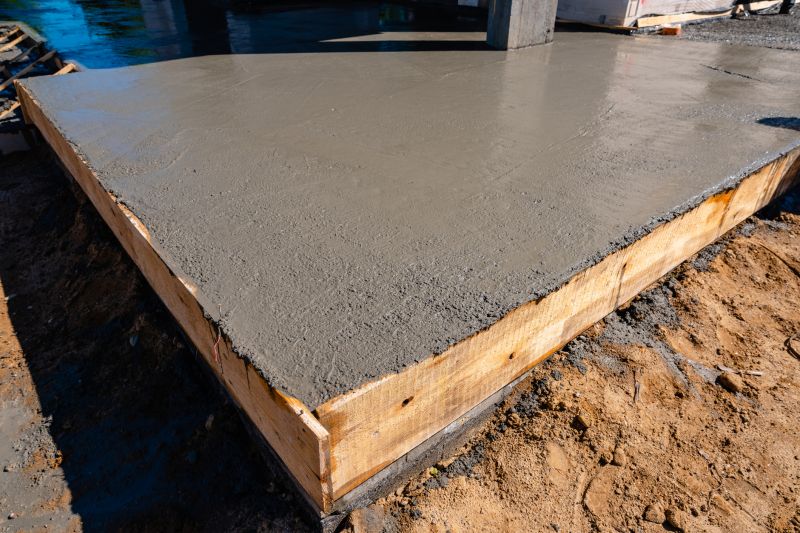
Ways to make Concrete Installations work in tight or awkward layouts.
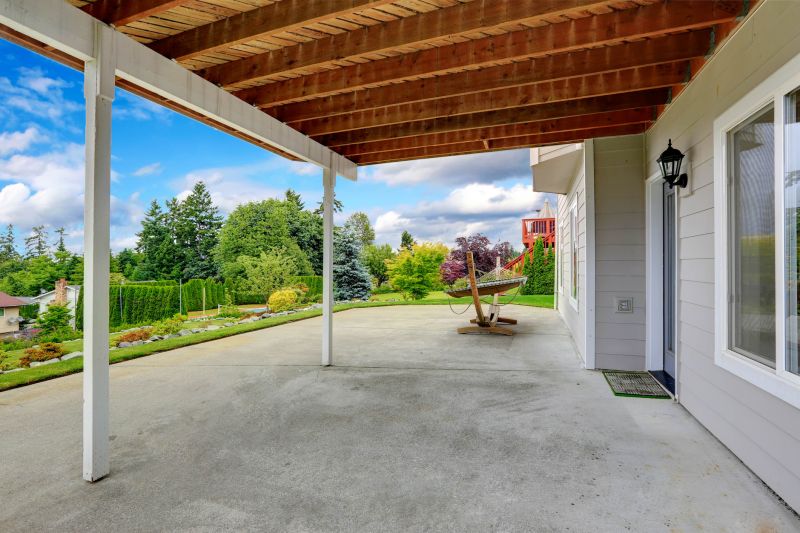
Popular materials for Concrete Installations and why they hold up over time.
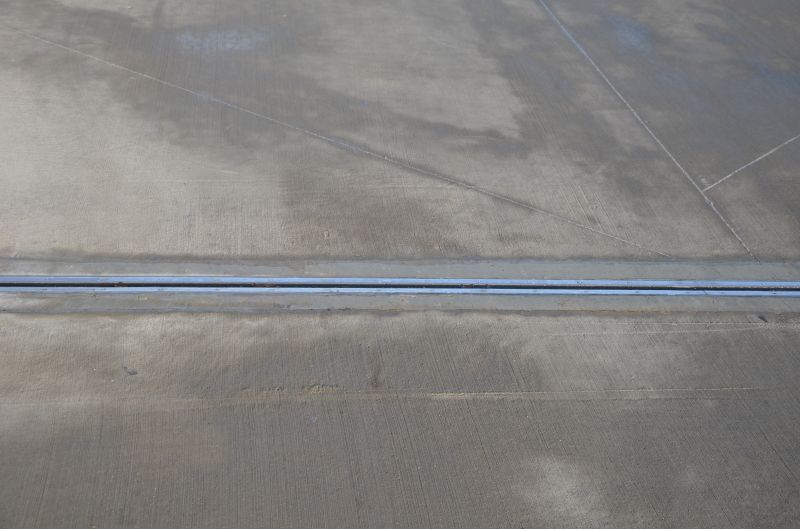
Simple add-ons that improve Concrete Installations without blowing the budget.
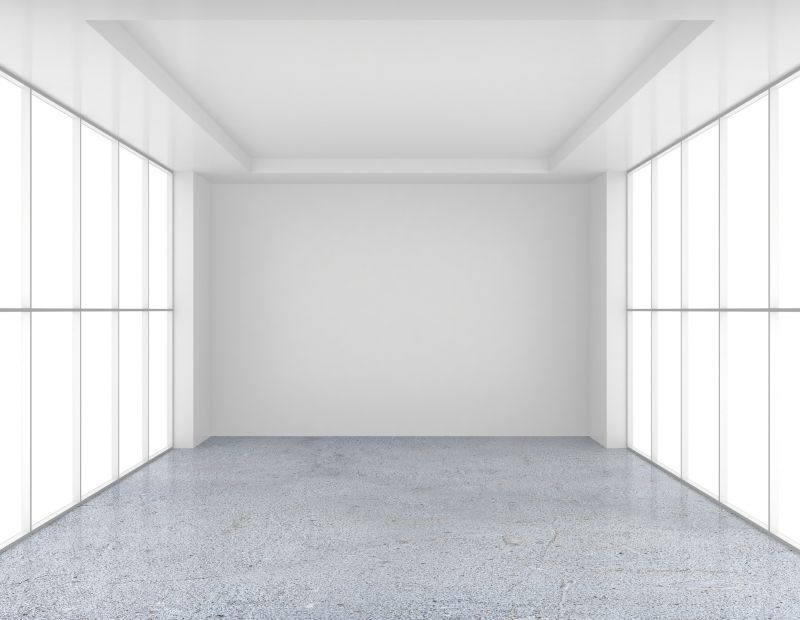
High-end options that actually feel worth it for Concrete Installations.
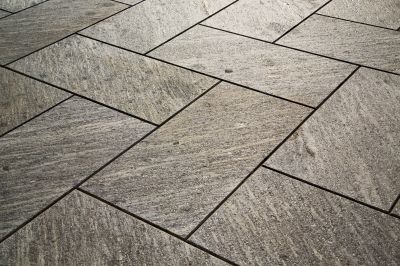
Finishes and colors that play nicely with Concrete Installations.
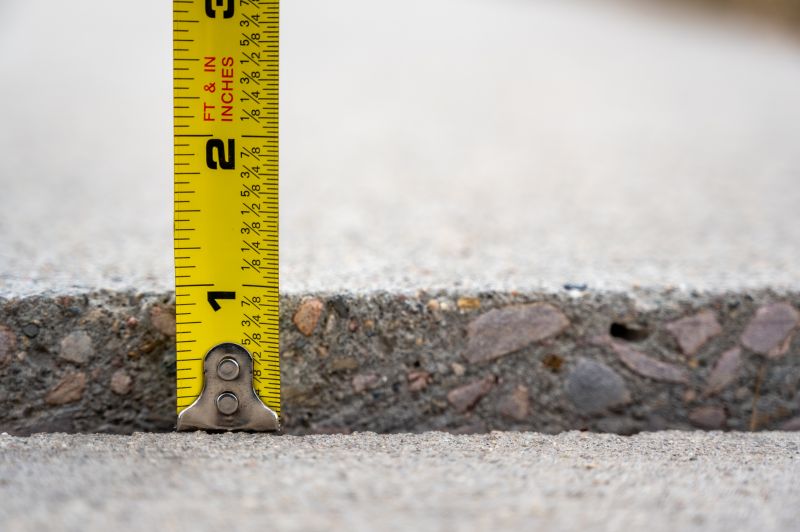
Little measurements that prevent headaches on Concrete Installations day.
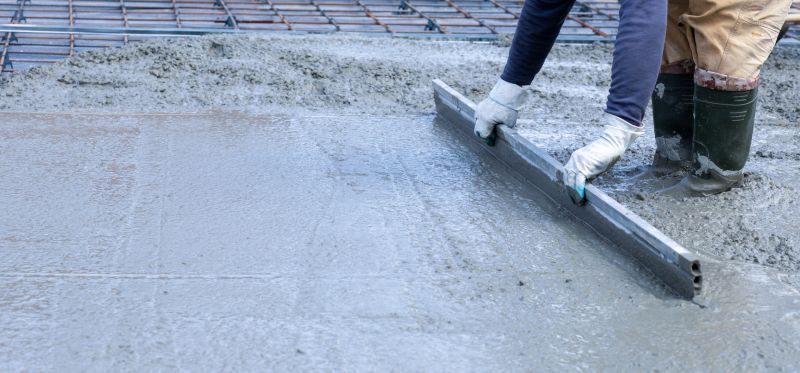
A 60-second routine that keeps Concrete Installations looking new.
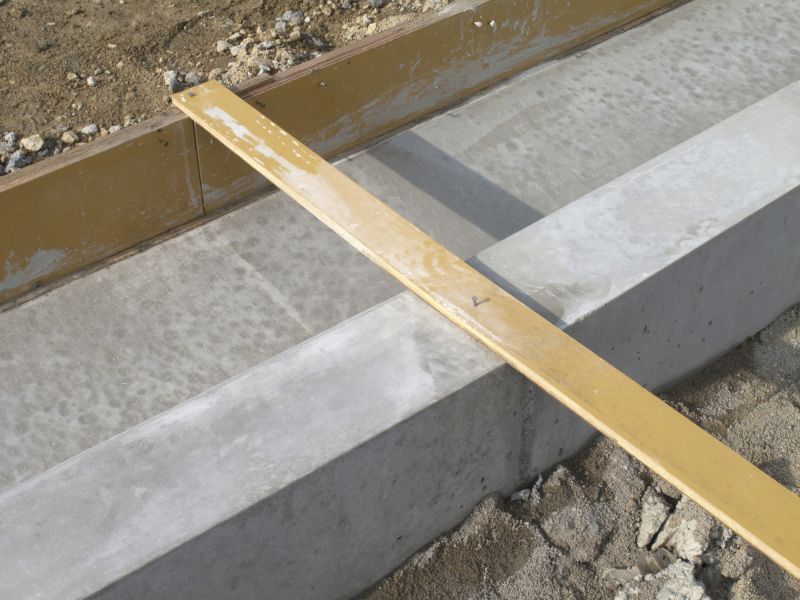
A frequent mistake in Concrete Installations and how to dodge it.
| Season | Ideal Conditions |
|---|---|
| Spring | Moderate temperatures and lower rainfall |
| Summer | Early morning or late evening work to avoid heat |
| Fall | Cool temperatures and dry weather |
| Winter | Not recommended unless climate-controlled conditions are available |
| Late Fall | Limited window due to decreasing temperatures |
Concrete installation is a precise process that benefits from optimal weather conditions. Proper timing ensures the concrete cures uniformly, achieving maximum strength and durability. Weather-related factors such as temperature fluctuations, moisture levels, and wind can affect the curing process and the final quality of the concrete. Planning installations during suitable seasons minimizes risks like cracking, scaling, or improper setting.

Small tweaks to make Concrete Installations safer and easier to use.

Lower-waste or water-saving choices for Concrete Installations.
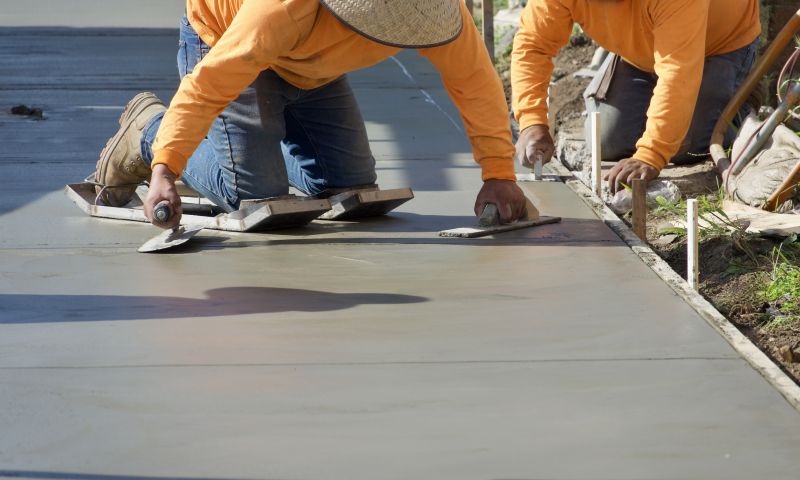
The short, realistic tool list for quality Concrete Installations.
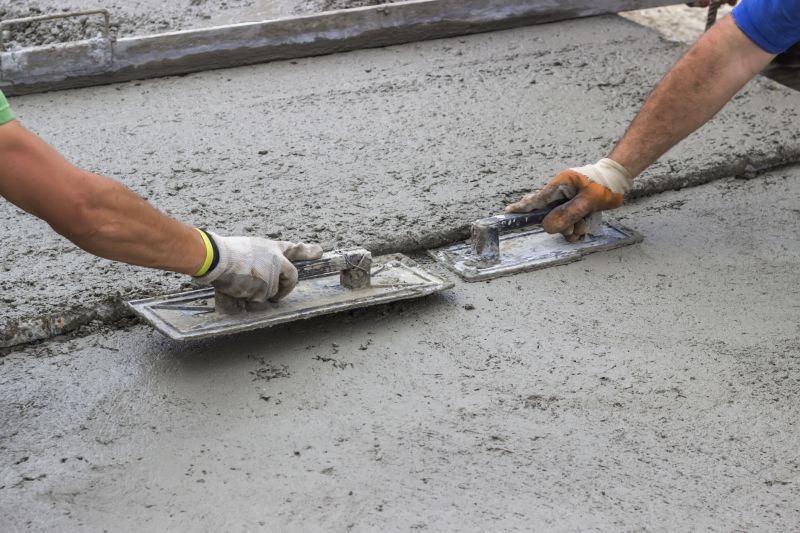
Rough timing from prep to clean-up for Concrete Installations.
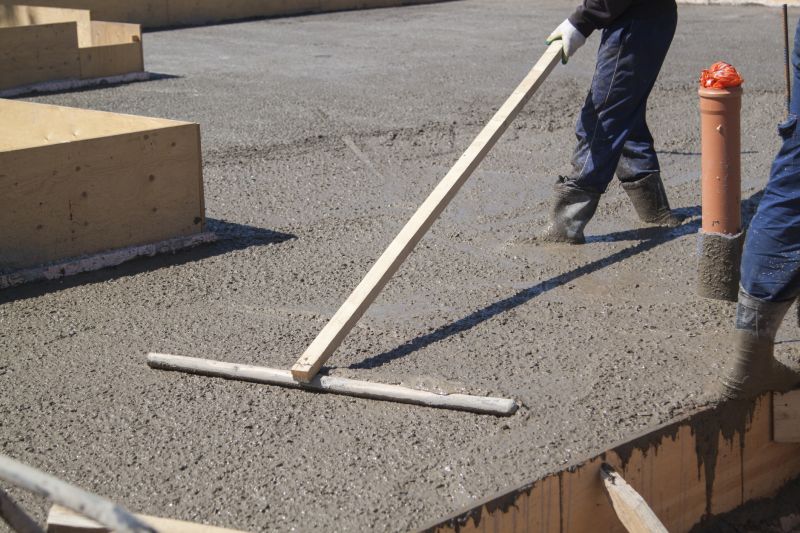
Quick checks and paperwork to keep after Concrete Installations.
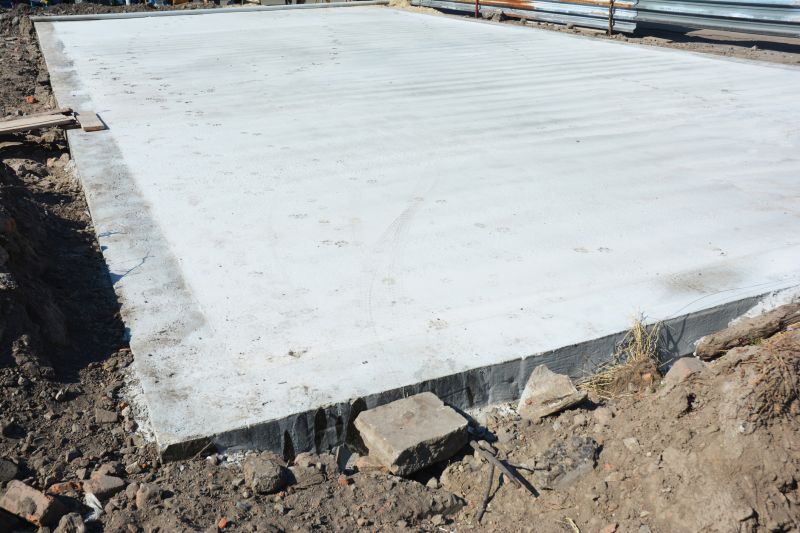
Examples that show the impact a good Concrete Installations can make.
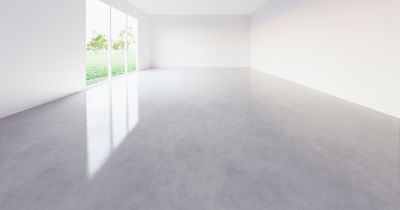
Ways to make Concrete Installations work in tight or awkward layouts.
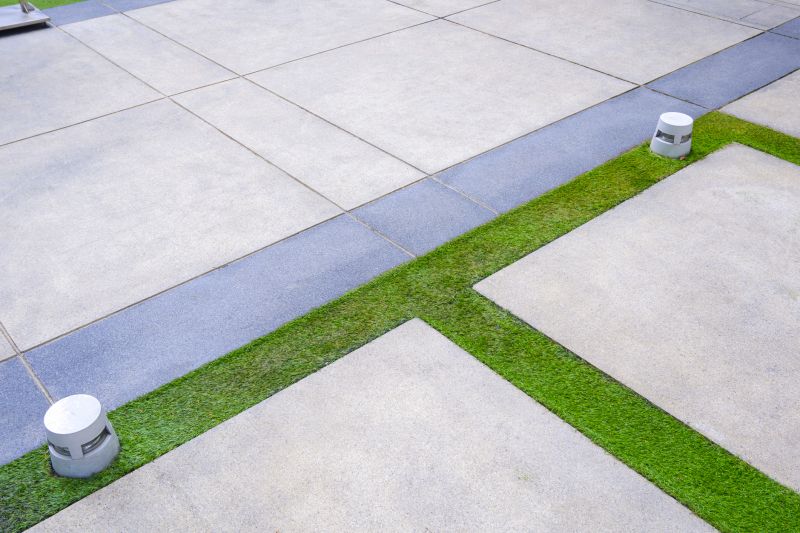
Ways to make Concrete Installations work in tight or awkward layouts.
Timely scheduling of concrete installations is crucial for ensuring the structural integrity and longevity of the finished surface. Proper planning involves understanding local climate patterns and selecting the most suitable timeframes for pouring and curing concrete. This approach reduces the likelihood of weather-related issues and promotes consistent results.
Interested in scheduling a concrete installation? Fill out the contact form to discuss options and timing suitable for Rockwall, TX.

